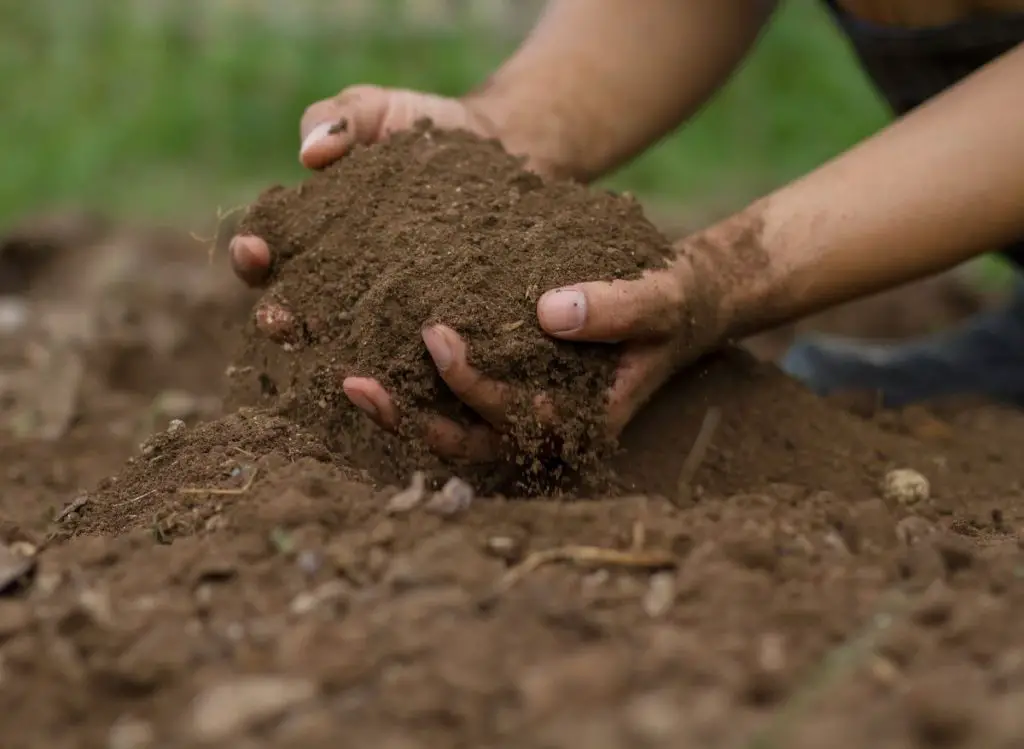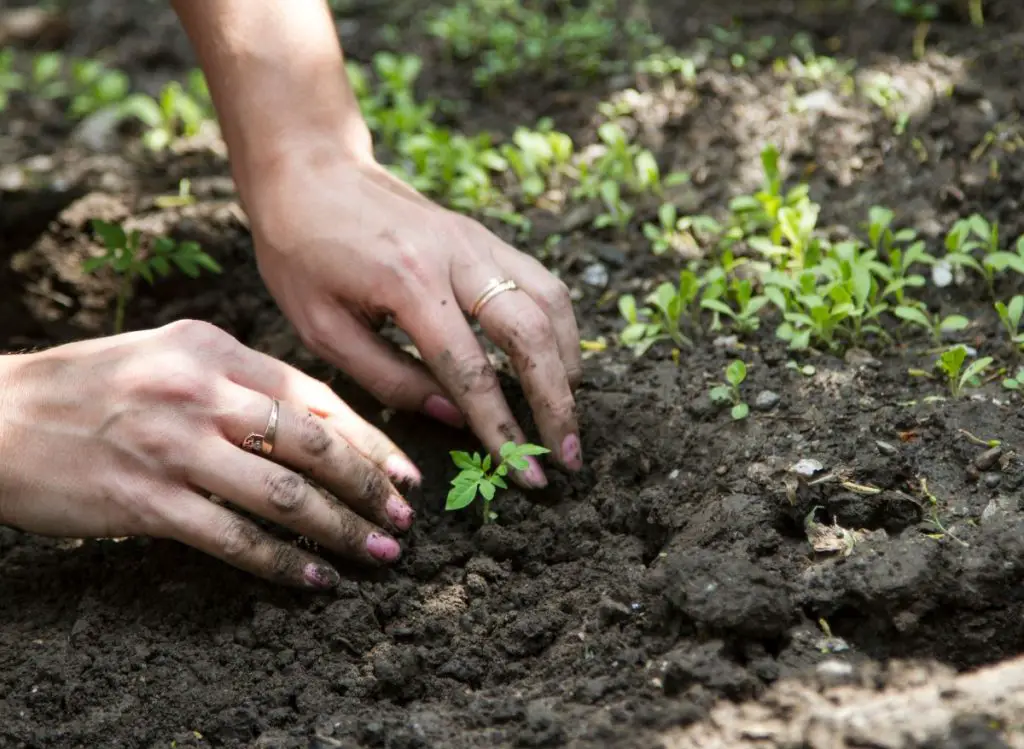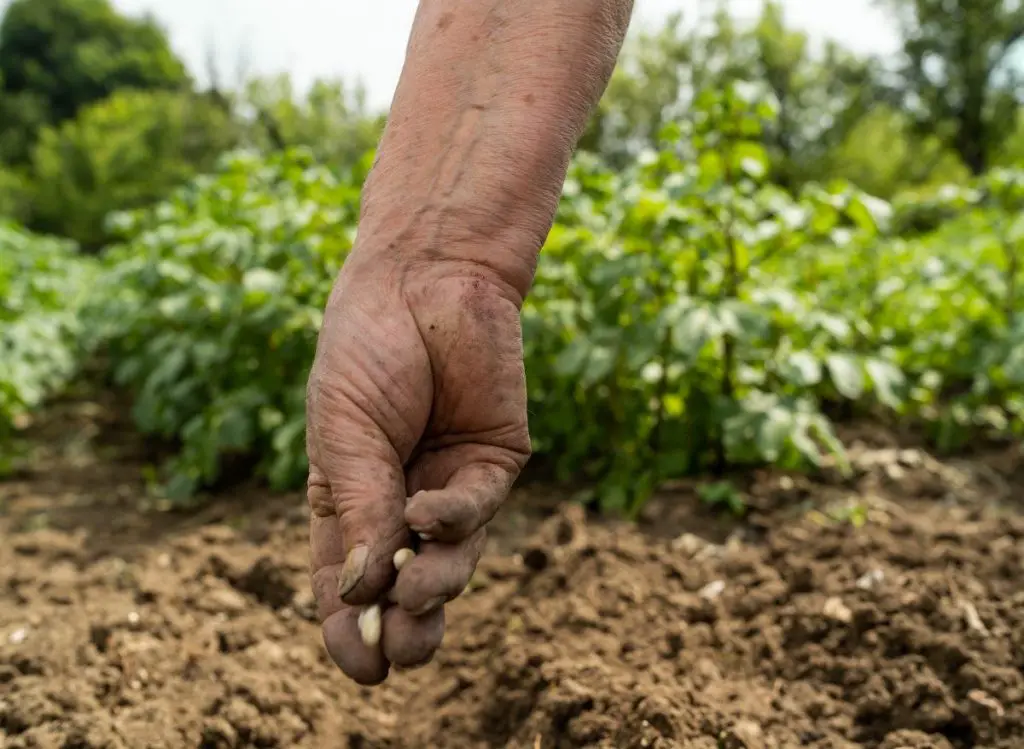
The soil is the basis for healthy plant life and must be prepared before planting a garden. Poor soil cannot grow strong, productive plants, but good soil doesn’t just happen; you must make it happen.
The garden soil needs to be fed so it can feed the vegetable plants. The soil structure needs to be optimized so it can promote healthy plant development and production.
Any soil can be transformed into healthy, productive soil. It will take some effort and plenty of organic material, but even clay or sandy soil can be enriched and produce healthy crops.
Use these tips and prepare your soil for planting vegetables before the next gardening season rolls around.
Best Ways To Prepare Soil For Planting Vegetables
Your success as a gardener will depend on how you prepare your soil; here are the best ways to prepare your soil for planting vegetables:
1- Select The Best Soil
Start your garden journey by selecting the best spot in your landscape for your garden. Food-producing plants will need at least 6-8 hours of direct sunlight each day, so select the sunniest spot to create your garden.
- Select a location that is away from trees and shrubs. During the summer, the trees and shrubs will be leafed out and can block the sun from shining on the vegetable plants. Additionally, the roots from nearby trees and shrubs will be competing for the food and moisture that is in the soil. Raised garden beds will stop garden soil nutrients from being robbed by nearby trees and shrubs, but they won’t stop the shade issue in the garden.
- Choose a level location for creating your garden when possible. It will make tending to the garden easier for you and prevent water loss and erosion from planting on a hill.
If your landscape is sloped, create a tiered garden that works with the slope. By creating stair-step planting beds with a tiered garden method, you will eliminate many problems for yourself and the soil.
2- Soil Test
Once you have selected the best location, do a soil test. A simple soil test done with an inexpensive testing kit that you can purchase at any garden supply center will tell you what your soil needs and what it already has.
The test will measure the levels of soil pH, magnesium, phosphorus, calcium, potassium, and nitrogen.
The soil test results will let you know where you need to start to build the garden soil into a healthy growing medium.
The pH level of the soil is very important for growing healthy vegetable plants. A pH level between 6.5 and 7 is ideal for growing most crops. If the pH level is at 6 or below, it’s acidic soil. If it’s at 7 or above, it’s alkaline soil. In either case, plants will not be able to absorb the nutrition that is in the soil, and the pH must be raised or lowered to between 6.5-7.
Some vegetable plants will thrive in slightly acidic soil, like tomatoes, peppers, squash, and cucumbers, but they will not grow in alkaline soil. The opposite is also true, and crops like beets, cauliflower, asparagus, and garlic thrive in alkaline soil and do poorly in acidic soil.
So you see the need for a soil pH test and planting the right vegetables in the right soil where they can thrive.
I suggest you get a Soil Test Kit on Amazon (here’s a link to purchase one)
3- Soil Type
The type of soil you have will also determine what needs to be added to make it the best for growing vegetables.
- Sandy soil will feel gritty to the touch. It’s nutrient-poor and will not hold water.
- Clay soil is heavy and holds too much water. The clay is dense and tightly compacted, making it almost impossible for tiny plant roots to grow.
- Soil that contains a lot of silt will be powdery when dry and slippery when wet. Silty soil is dense and does not retain moisture well.
Most soils are a combination of these 3 main soil types but depending on the region that you live in; the soil may contain too much of one type and not enough of the other.
The addition of organic material will transform any soil into fertile, well-draining, moisture-retaining, aerated soil that grows healthy vegetation and attracts beneficial earthworms.

4- Organic Amendments
Adding organic material is the best way to prepare soil for planting vegetables. Compost or well-aged manure is rich in nutrients that will feed the soil and improve soil structure.
Organic material contains everything that your garden vegetables will need to grow. You will not have to feed the plants again during the growing season if you incorporate plenty of compost or well-aged manure into the soil before planting the garden.
Organic amendments will enable sandy soil to become fertile and retain moisture. They will enable clay and silt to be less dense so plant roots can grow deep and water and air can circulate under the soil freely.
Soil amended with organic material will also quickly drain excess water while retaining enough moisture for the vegetable plants to stay hydrated.
The organic material will slowly decompose in the soil and encourage the development of a bio-diverse sub-culture that will also improve the soil and help your garden grow.
5- Add Earthworms
Earthworms are a gardener’s best friend. If you didn’t see earthworms in your soil, buy some from a garden supply center and add them to the garden soil.
Earthworms will tunnel through the soil, eating organic material and leaving behind their nutrient-rich castings. Their tunnels create prevent soil compaction and create pathways for water drainage and air circulation.
The earthworms will reproduce steadily if there is plenty of organic material for them to eat. Re-plenish compost and/or manure in the garden soil each spring before planting your garden. Minimize digging in the soil to prevent killing the earthworms.
6- Mulch
When the garden vegetable plants have reached 4-6 inches tall, apply organic mulch around the plants. Use compost, straw, shredded tree bark, etc., as mulch that will help the soil retain moisture and prevent weed growth.
The mulch will slowly decompose and improve soil fertility and structure for more productive gardens in the future.
7- Prepare The Right Compost
Compost helps sandy soils retain more moisture and nutrients, making clay soils lighter and better drained. In addition, compost adds trace nutrients required by plants to thrive.
At least a month before planting, the University of Wisconsin suggests preparing a two to three-inch layer of compost into the soil with a rototiller or shovel.
You might also wonder how do you fertilize soil before planting vegetables. The University of Florida recommends using dry fertilizer of about 1 pound for every 100 square feet of garden or 100 feet of a row over your whole garden plot before planting.

How To Prepare Soil For Planting Vegetables?
Turn the soil or create raised beds in the selected garden location. If you are creating an in-ground garden, the soil needs to be turned down to 8-10 inches deep. This loosens the soil so tender roots will be able to grow deeply without struggling.
Raised beds can be created at any depth or height; just ensure they are at least 8 inches deep, deeper for root crops. If the raised beds are bottomless, mow the grass before building the beds.
- After the raised beds are built, place a layer of cardboard in the bottom of the bed to prevent the grass and weeds from growing into the beds.
- Fill the bed 3/4‘s full will garden soil.
- After the soil is loosened or the raised beds prepared, add 4-6 inches of compost and/or well-aged manure on top of the soil. Lightly turn the organic material under the soil and smoothly rake the top of the soil.
- Water the soil and let it sit for 24 hours before planting. This will allow all the components to blend and create a fertile growing medium for your vegetable plants.

